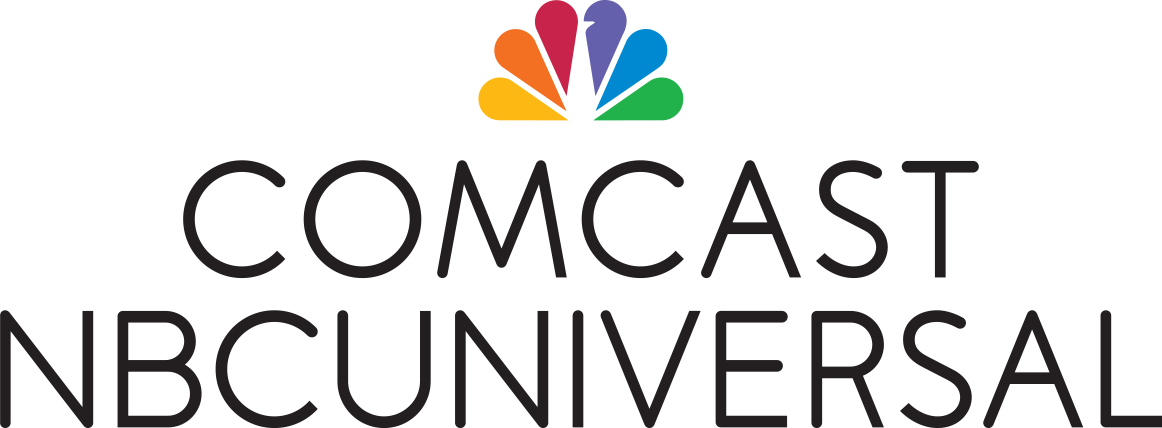Benefits Access for Student Success:
A Toolkit For Leveraging Data to Find Eligible Students
Webinar: Connecting Eligible Students to Benefits
Each year, millions of college students struggle to pay for their education and basic needs, including food, childcare, housing, healthcare, and internet service. Among those students are a disproportionate number of first-generation students and students of color. This toolkit aims to build institutional capacity to enable all students to put food on the table, improve health outcomes, focus on school, and graduate.
Streamlining student access to public benefits is a critical equity strategy for colleges and universities. Public benefit programs can help students pay for non-tuition costs, yet understanding eligibility requirements and completing application processes can be complex to navigate. Colleges and universities that want to help students access these resources often do not know who is eligible and how to best assist them. This toolkit aims to help colleges and universities connect students to benefits, work that is a systemic and sustainable complement to efforts many institutions already engage in to support students’ basic needs security.
This toolkit serves as a practical resource to help colleges and universities leverage available data to compile lists of likely eligible students for SNAP; the ACP; Medicaid; the Special Supplemental Nutrition Program for Women, Infants and Children (WIC); and the Child Tax Credit. The toolkit focuses on identifying full or part-time undergraduate students who may be eligible for benefits, though other student populations may qualify as well.
Affordable Connectivity Program enrollments are discontinued as of February 8, 2024 at midnight. A bill was recently introduced in Congress that would provide additional funding to ACP. Updates to the toolkit will come when available - we do not recommend doing ACP outreach to students at this time. Students currently enrolled in ACP will continue receiving discounted service until the ACP fund is exhausted, likely in April 2024.
Why Data Driven Outreach?
Delivering personalized, timely, and actionable information from a trusted source, as opposed to broad-based awareness campaigns, is a best practice to meet students where they are and motivate them to act. Using data to tailor outreach lists allows institutions to direct specific messages to relevant student populations. This approach increases the efficiency and efficacy of outreach efforts.
Benefits Data Trust regularly employs the use of data-driven outreach to connect with and prompt action by likely eligible people, which research has consistently found highly effective2. For example, in 2021, Benefits Data Trust tested outreach to individuals who were ineligible for or had exhausted their unemployment benefits to assist them in applying for SNAP and found that outreach recipients enrolled in SNAP at significantly higher rates than people who did not receive outreach.
Data-driven outreach campaigns allow for:
- Customizing messages that are personalized and relevant to a specific student population’s needs
- Coordinating outreach schedules based on time-sensitive deadlines and expected capacity for student support
- Increased awareness among students of benefits they may be eligible for
- Higher likelihood of engagement with benefits applications
How to Use This Toolkit
Government agencies determine eligibility based on unique requirements per benefit, which sometimes vary by state. This toolkit guides institutions on how to use higher ed data as a proxy to identify the most likely eligible students at their college or university. This toolkit contains the following sections, each of which includes a practical tool to complete the task identified below. Navigate using the tabs above to access each section.
Assess Current Practices: Identify what you can learn from existing outreach efforts at your institution and apply lessons to efforts to identify students likely eligible for benefits
Goal Setting: Establish clear goals to guide your initiative to curate data and identify students likely eligible for benefits
Build a Campus Team: Identify and engage campus partners that are needed to develop and implement efforts to connect students with benefits
Explore Available Data: Explore what data are available at your institution to identify students who can be connected to public benefit programs
Choose Benefits for Outreach: Decide what benefits programs you will connect students with, based on the data elements you determined are available to you in Tool 4
Visual Guide to Curating Data: Use this visual guide to better understand the steps involved in curating your data by benefit program
Create an Action Plan: Develop a work plan and realistic timeline to implement this project at your institution
Evaluate Efforts: Document your learnings to identify areas for improvement, celebrate successes, and motivate campus buy-in to continue or scale this work.
We have designed these resources to build sequentially and encourage you to start with Tool 1. We recognize, however, that institutions may be at different stages in their benefits access journey and may choose to focus on specific tools.
Maintaining Student Data Privacy
While collecting consent from students is necessary to share data with external parties, institutions can cull their data to identify students who are likely eligible for public benefits and use this data internally to support students without violating FERPA. Specifically, institutions can use data internally to outreach to their own students without requiring student consent.
With student consent, colleges and universities can share data with external parties such as local departments of human services or nonprofits like Benefits Data Trust. This may help institutions offer more coordinated and comprehensive services to help students access benefits. If you have questions or to explore partnership opportunities, reach out to Neeta Sonalkar, Director of Higher Education Innovation, at highered@bdtrust.org.
About Benefits Data Trust
Benefits Data Trust (BDT) is a nonprofit organization dedicated to improving health and financial security by harnessing the power of data, technology, and policy to provide dignified and equitable access to assistance. Together with a national network of government agencies and partners, we efficiently connect people today to programs that pay for food, healthcare, and more while helping to modernize benefits access for tomorrow. Since 2005, BDT has secured more than $9 billion in benefits for households across the country, helping to reduce hunger and poverty and build pathways to economic mobility. Learn more at bdtrust.org.
Benefits Data Trusts’ higher education practice supports student access and success by improving student connection to financial aid and public benefits through direct service and technology, technical assistance, and policy. Learn more about our work in higher education here.
Toolkit Advisory Council
Thank you to our Toolkit Advisory Council for providing insight and feedback to develop this resource for colleges and universities. Engagement of the advisory council members listed below does not indicate endorsement by either the individual or their affiliated organization or institution.

Tool 0_Introduction.docx
- For more about BDT’s higher education work: Securing Basic Needs for College Students
- Benefits Data Trust’s 2023 Data Sharing Agreement Playbook
- United States Government Accountability Office 2019 report: Food Insecurity: Better Information Could Help Eligible College Students Access Federal Food Assistance Benefits
- January 2022 US Department of Education Dear Colleague Letter: Use of FAFSA Data to Administer Federal Programs
- Center for Postsecondary and Economic Success at CLASP 2016: Benefits Access for College Completion: Lessons Learned from a Community College Initiative to Help Low-Income Students
- BDT estimate based on the following federal data:U.S. Government Accountability Office, “Food Insecurity: Better Information Could Help Eligible College Students Access Federal Food Assistance Benefits,” December 21, 2018;U.S. Department of Agriculture, Food and Nutrition Services, “SNAP Data Tables,” Fiscal Year 2019 national average SNAP benefits per person.
- Additional examples of research and practice on data-driven outreach include:Amy Finkelstein and Matthew Notowidigdo, “SNAP Take-up Evaluation”, 2019, J-PAL North America;Sarah Kliff, “The I.R.S. Sent a Letter to 3.9 Million People. It Saved Some of Their Lives,” New York Times, December 10, 2019.
